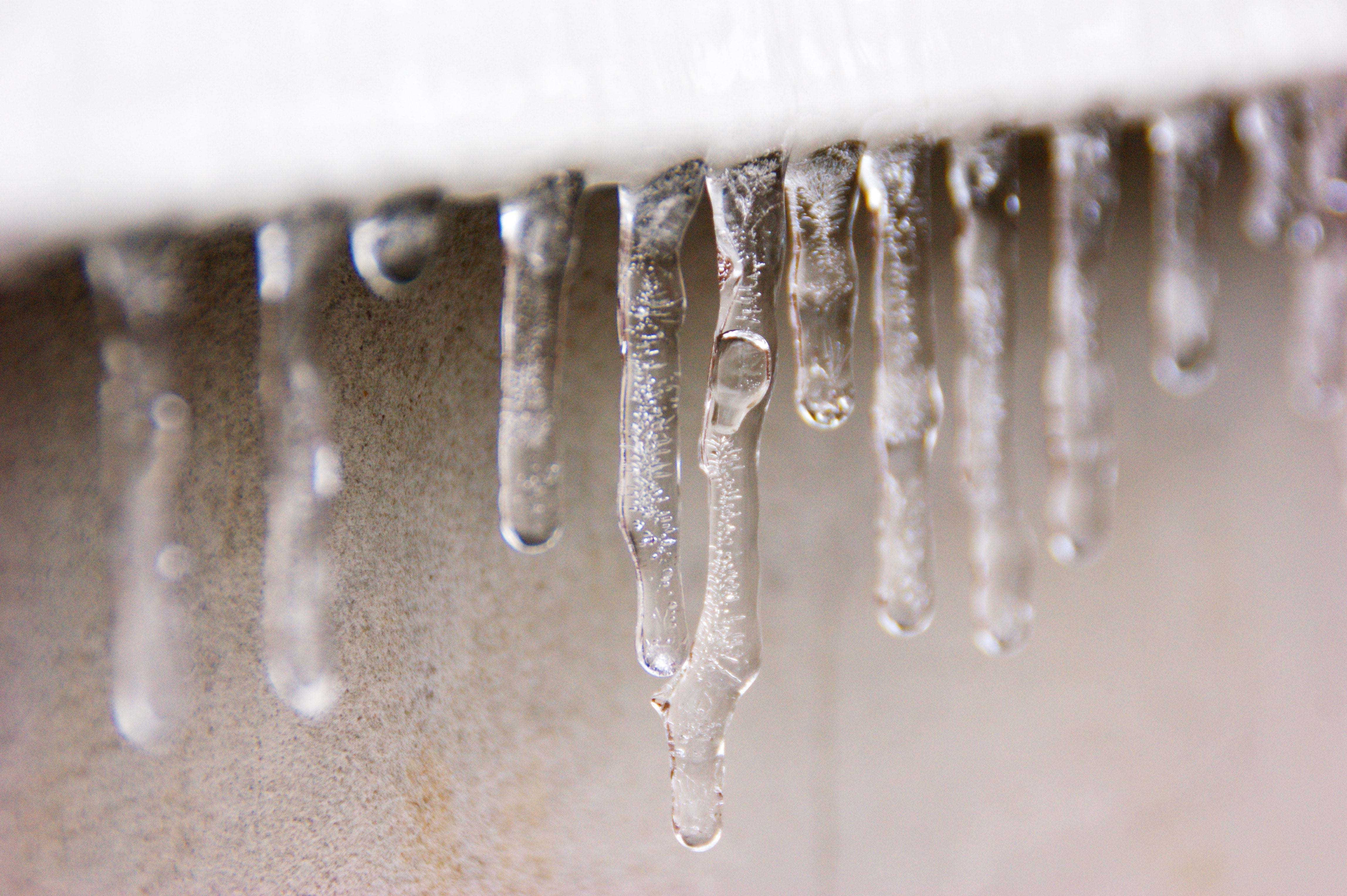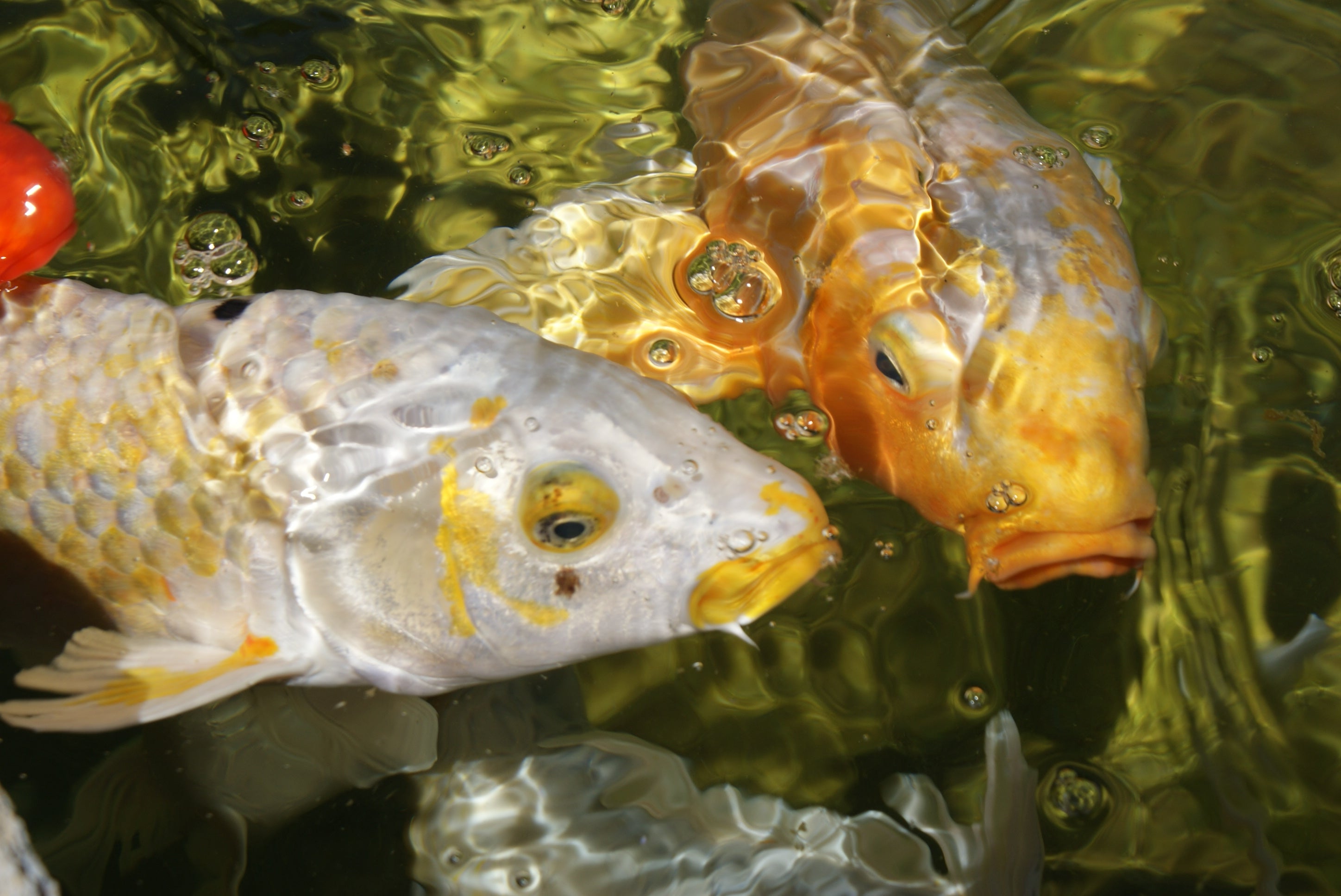
Prepping for Closing Your Pond
As cooler temperatures arrive, it is time to think about how to prepare for closing your pond this winter. The region you live in and the temperatures you anticipate will alter the specific preparations you need to make. This information will focus on preparing your pond and equipment in areas which anticipate freezing temperatures. Learn the process of winterization.
Remove & clean your equipment
In freezing weather, you will want to protect the pump and other items in your pond, such as filtration and decor. Remove everything from your pond and clean it thoroughly. This is the perfect time to perform maintenance and inspect for any damage or parts that need to be replaced. Store anything with with a plug indoors, and any decor in a dry location.
Pond Pump
To protect your pumps, bring inside any equipment that contains a pump and place it in a bucket of water, unless you are using it in indoor fish holding tanks. If you anticipate a quick freeze in your area, you can move your pump into the bottom of the pond and remove any connections to waterfalls.
Pond Fish
When the weather begins to cool in the fall, pond fish naturally adapt with changing water temperatures. As temperatures decline, you will notice that your pond fish will slow in activity to conserve energy. This will mean that you will also need to adjust the feeding schedule of your fish. You can follow this water temperature guide on how to best feed your fish in changing temperatures. If you live in a region where your pond will freeze solid, you should move your pond fish to a tank inside. A tank with a regulated temperature will allow you to continue regular feeding of your pond fish. If your pond will just freeze at the surface, you will want to have a way to maintain an opening in the surface of the pond with a pond aerator or deicer.
Pond Plants
Before winter, you will want to insure the your pond plants are trimmed to remove any brown or dying leaves. This will help to reduce any decaying leaves from falling into the pond and increasing the nutrient loads. Tropical plants should be removed early and stored indoors or properly disposed of. For more hardy plants, you can simply trim them down and move them into the deepest parts of the pond to overwinter.
As water temperatures cool, check back on your pond pump, fish, and plants to see if there is any additional preparation that is needed.


